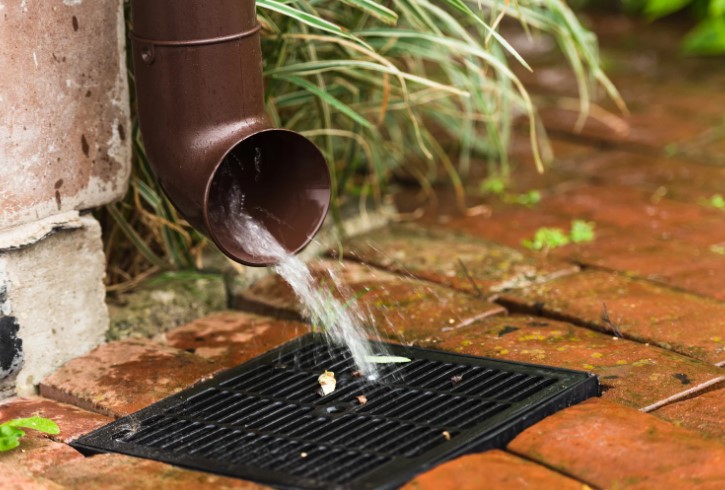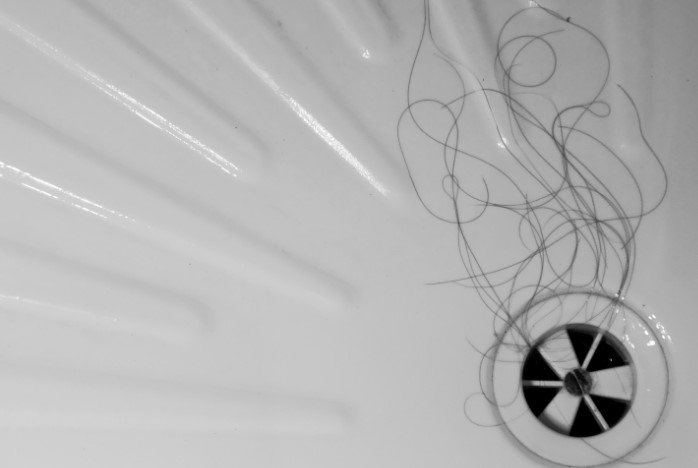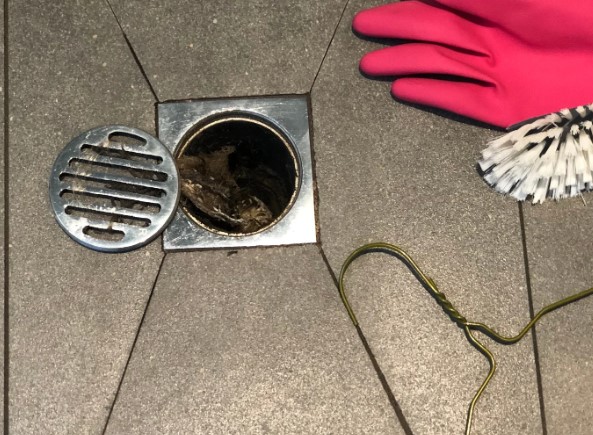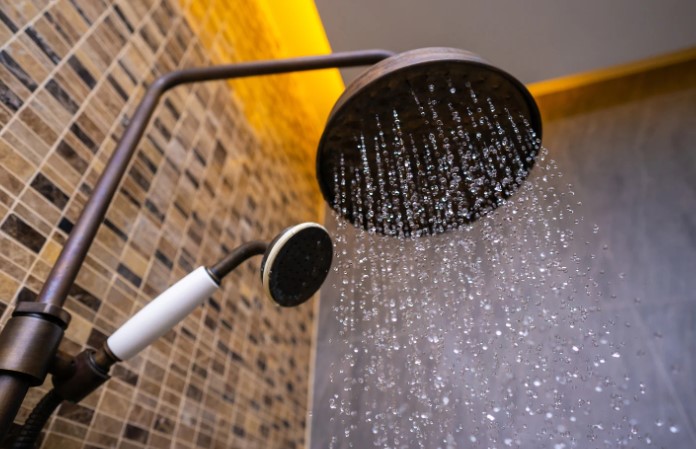- Why Cleaning a Fixed Shower Drain Is Tricky But Necessary?
- How Do I Know My Shower Drain Needs Cleaning?
- What Can I Use to Clean My Shower Drain Without Removing It?
- Step-by-Step: How to Clean a Shower Drain That Can't Be Removed?
- What If My Shower Still Drains Slowly After Cleaning?
- Final Thoughts: Keeping My Drain Clear Without Lifting a Thing
- FAQ on How to Clean a Shower Drain That Can't Be Removed?
If you’re wondering how to clean a shower drain that can’t be removed, trust me—you’re not alone. I’ve faced this situation myself, and the thought of dealing with a clogged drain without taking it apart can feel overwhelming.
But the good news is, there are practical and effective ways to clean it without dismantling a thing. Here’s exactly what I do.
Why Cleaning a Fixed Shower Drain Is Tricky But Necessary?
What causes a shower drain to clog in the first place?
Over time, hair, soap scum, skin cells, and shampoo residue all build up inside the pipe. This sticky mess clings to the sides and causes slow drainage or complete blockage.
Why can’t I just remove the drain cover?
In many modern UK bathrooms, drain covers are either sealed with silicone or fitted with no easy way to remove them.
Trying to force them off might cause damage to your plumbing or tiles.
What Are The hidden dangers of ignoring a slow drain?
Left untreated, a blocked shower drain can cause:
- Mould and mildew buildup from standing water
- Unpleasant odours
- Water damage from overflow

How Do I Know My Shower Drain Needs Cleaning?
What are the Common signs of a clogged shower drain?
You probably need to clean your drain if:
- Water pools around your feet while showering
- You hear gurgling noises
- There’s a lingering damp, musty smell
Is standing water always a bad sign?
Yes, standing water usually means your drain is partially or completely clogged. It’s one of the most obvious signals that you should act quickly.
What Can I Use to Clean My Shower Drain Without Removing It?
Can natural ingredients like baking soda and vinegar really work?
Absolutely! My best ever method is the combo of baking soda & vinegar. It’s effective for breaking down soap scum and minor hair clogs, and it’s eco-friendly too.
When should I use a chemical drain cleaner?
Chemical cleaners like Mr Muscle or HG Drain Unblocker work for more stubborn clogs.
I use them only as a last choice since they can be harsh on pipes and they might also be harmful to the environment.
Is it safe to use a plunger on a shower drain?
Yes, but only a small cup plunger works well. I create a tight seal over the drain and give a few firm plunges to dislodge the blockage.
Step-by-Step: How to Clean a Shower Drain That Can’t Be Removed?
Here’s my simple, proven method:
Step 1: Remove visible debris and hair
I wear rubber gloves and pull out anything I can see. Sometimes, I will use an old or broken toothbrush or a wire coat hanger bent into a hook ro remove visible debris.

Step 2: Flush the drain with boiling water
A full kettle of hot water poured slowly into the drain, which helps to soften any greasy buildup usualy in kitchen cabinets.
Step 3: Use the baking soda & vinegar method
- Pour ½ cup amount of baking soda into the drain
- Follow with 1 cup of white vinegar
- Let it fizz for 10-15 minutes
- Rinse with more boiling water
Step 4: Try a flexible drain stick or zip-it tool
These tools are lifesavers for catching deep hair clogs that aren’t visible at the surface.
Step 5: Rinse and monitor the flow
After cleaning, I run the shower to ensure that water flows smoothly.
Table: DIY Shower Drain Cleaning Methods I’ve Used
| Method | Pros | Cons |
| Baking Soda + Vinegar | Safe, eco-friendly, affordable | Not ideal for tough clogs |
| Boiling Water | Quick, easy | May not clear thick hair |
| Drain Cleaner (UK) | Powerful and fast | Harsh chemicals, not reusable |
| Drain Stick Tool | Grabs clogs directly | Might not reach deeper blockages |
What If My Shower Still Drains Slowly After Cleaning?
Should I call a plumber?
If the water still isn’t draining properly after trying all methods, it might be time to get a professional in.
Some blockages are further down the line than I can reach on my own.
What are some signs of a deeper plumbing issue?
- Gurgling from other drains in the house
- Slow drainage in multiple places
- Water backing up
How do I prevent future blockages? – My Quick Tips to Keep Your Shower Drain Clean
This brings me to some handy tips I now follow religiously.
Use a hair catcher or drain screen
It’s the easiest and most effective way to prevent hair clogs. I clean mine weekly.
Flush with hot water weekly
A weekly rinse with hot water helps prevent grease and soap scum buildup.
Avoid letting soap scum build up
I use a mild bathroom cleaner and scrub the tiles and base weekly.

Tools and Materials I Keep Handy for Shower Drain Cleaning
- Rubber gloves
- Old toothbrush
- Flexible zip-it tool
- Baking soda and vinegar
- Kettle (for boiling water)
- Drain cover screen
What NOT to Do When Cleaning a Shower Drain?
- Don’t pour multiple drain cleaners down at once
- Never prefer using wire or any sharp objects that can scratch your plumbing
- Avoid leaving long hair lying around the drain
Final Thoughts: Keeping My Drain Clear Without Lifting a Thing
Learning how to clean a shower drain that can’t be removed has made my bathroom maintenance much easier. Now that I’ve got a simple routine, I avoid emergencies, unpleasant odours, and costly plumber visits.
With the right tools and eco-friendly methods, I’ve managed to keep everything flowing smoothly—without ever removing the drain cover.
FAQ on How to Clean a Shower Drain That Can’t Be Removed?
1. Can I use a wet/dry vacuum to unclog a shower drain if the cover can’t be removed?
Yes, if sealed properly, a wet/dry vacuum can help pull out minor clogs.
2. Is it okay to use drain cleaning enzymes instead of chemicals or baking soda?
Yes, enzyme cleaners are safe, eco-friendly, and effective for routine use.
3. Will high-pressure water jetting damage a fixed shower drain or tiles?
It can if not done carefully—best to leave it to a professional plumber.


0 Comments